Detailed Rotor Balancing Process
Getting the Equipment Ready
- vibration sensors, optical speed sensor, magnetic base, software package, and included accessories.
- Connect the device to your PC using the USB interface and confirm the software installation.
Sensor Installation
- Fix the accelerometers securely to the machine's structure in locations where vibrations are most prominent, ideally near the bearings.
- Direct the laser speed sensor towards the rotor and affix reflective tape to the rotor surface to facilitate phase angle measurement.
Launching the Software
- Open the Balanset application on your PC.
- Configure the software for either single-plane or two-plane balancing, based on the rotor's characteristics and the desired outcome.
Initial Vibration Measurement
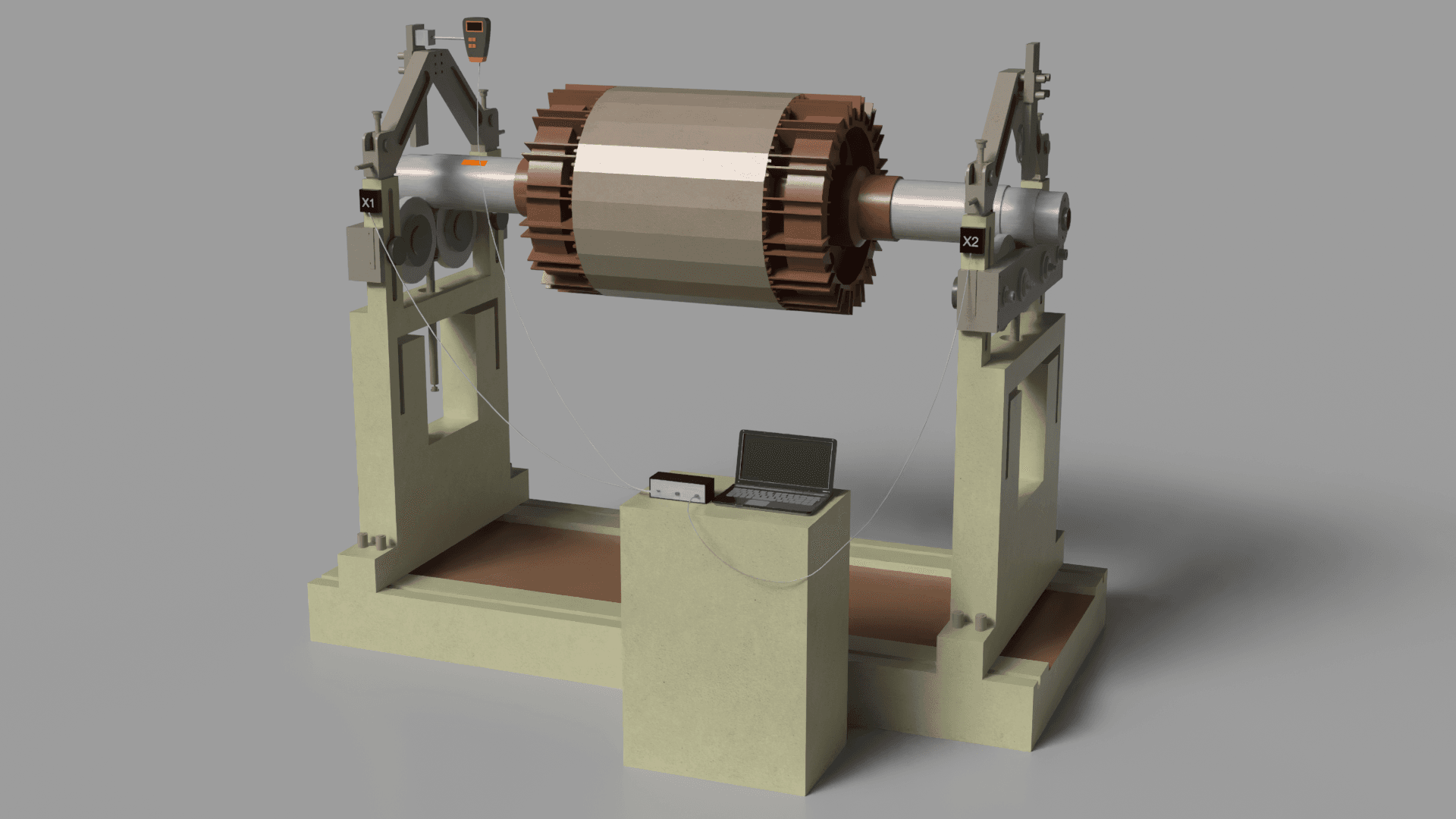
- Run the rotor up to its operating speed.
- The program will record the vibration amplitude, rpm, and phase, providing a baseline measurement of the existing imbalance.
Mounting the Test Weight
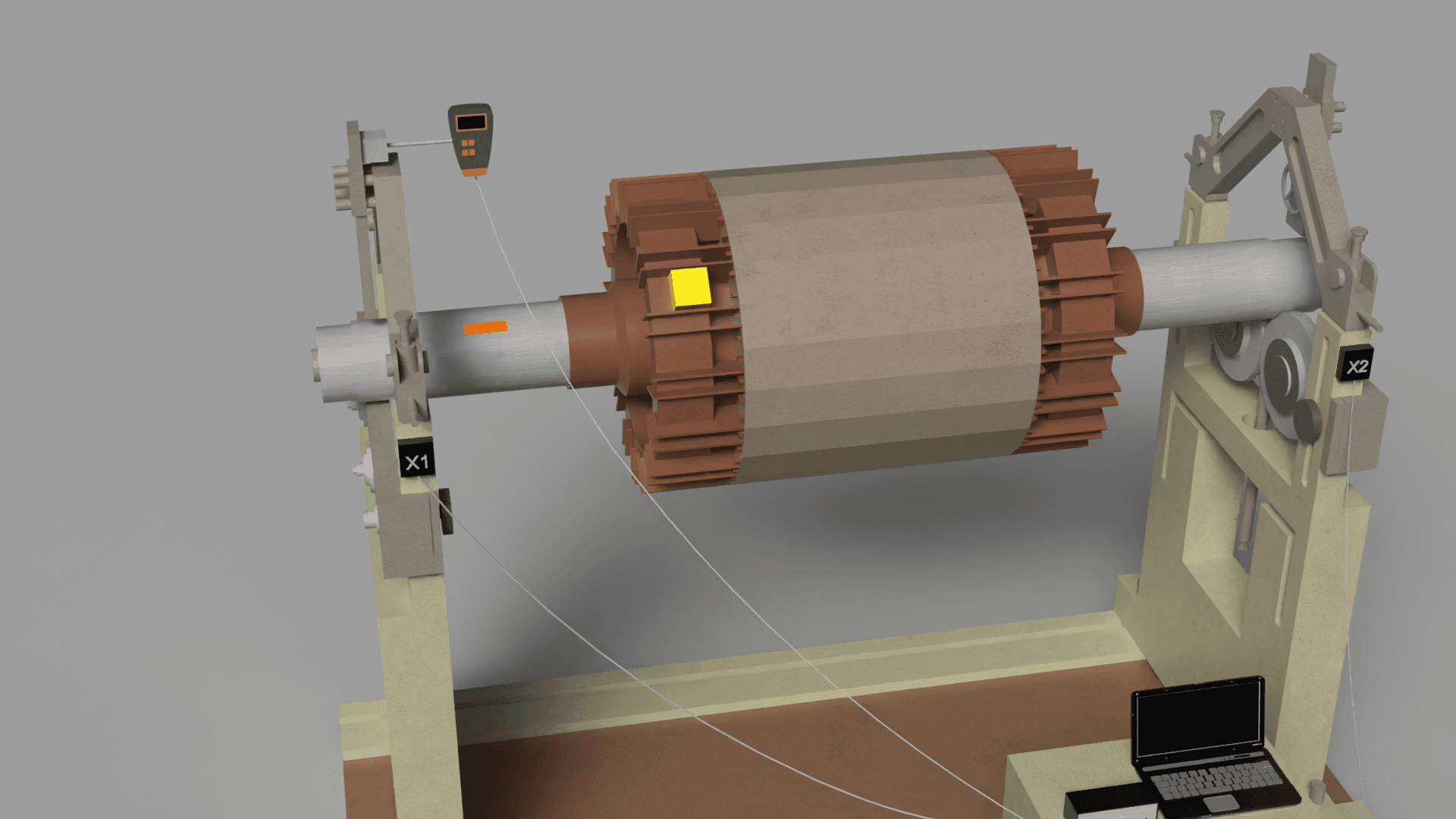
- Halt the rotation and mount a test weight at a designated position on the rotor, with the weight's value entered into the software (usually in grams).
- Restart the rotor, and the software will record the changes in vibration level and phase angle.
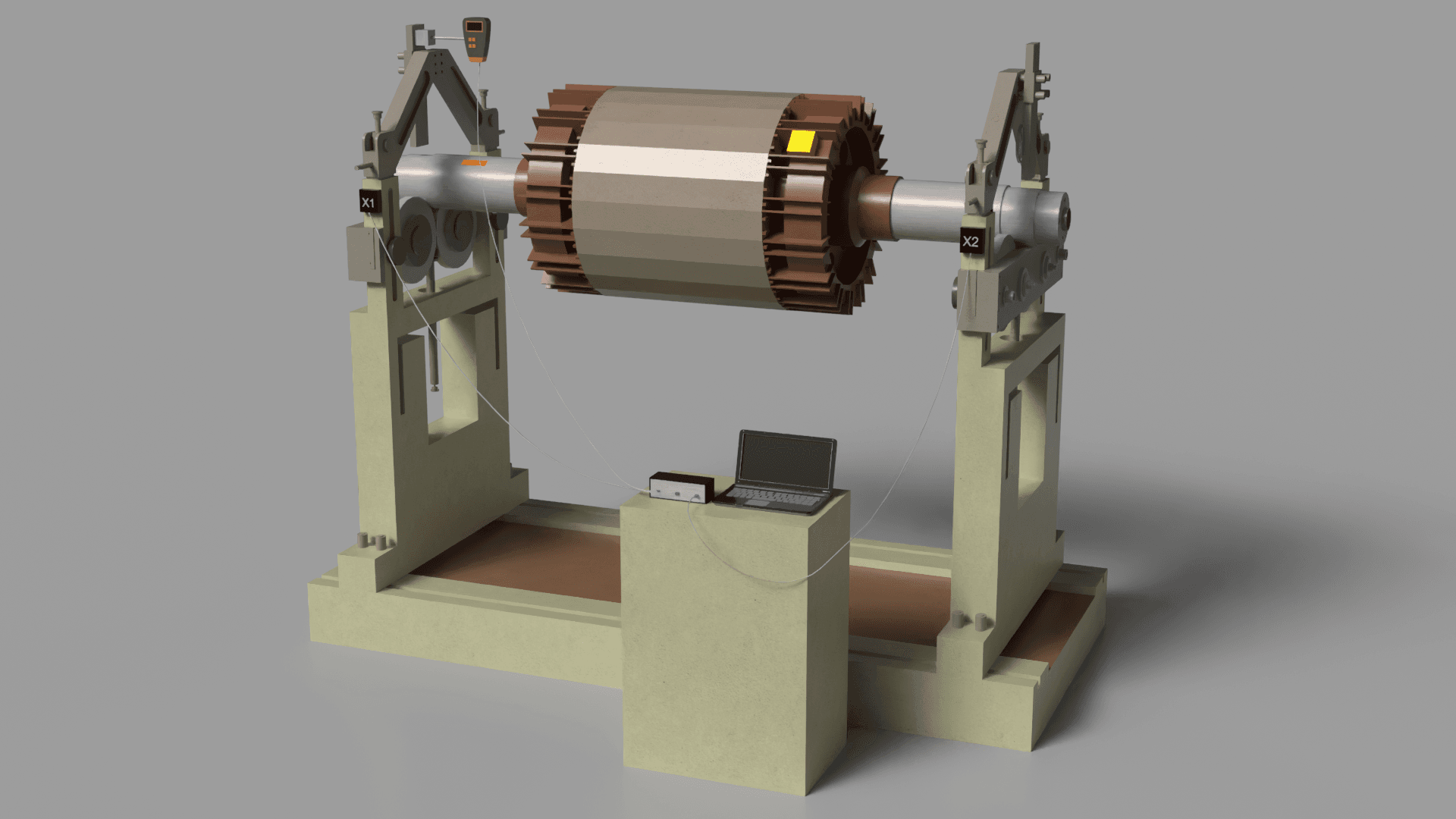
Determining the Corrective Mass
- The software uses the measured values to automatically compute the necessary compensating weight's magnitude and placement angle.
- The calculated values are presented on-screen in both numerical and graphical formats.
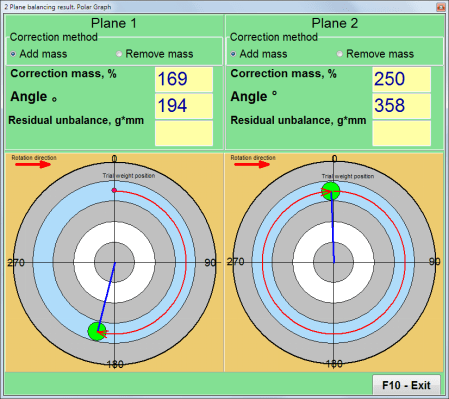
Mounting the Compensating Weight
- Mount the calculated corrective weight onto the rotor at the specified location and angle.
- If necessary, perform intermediate checks to verify that the imbalance is being reduced.
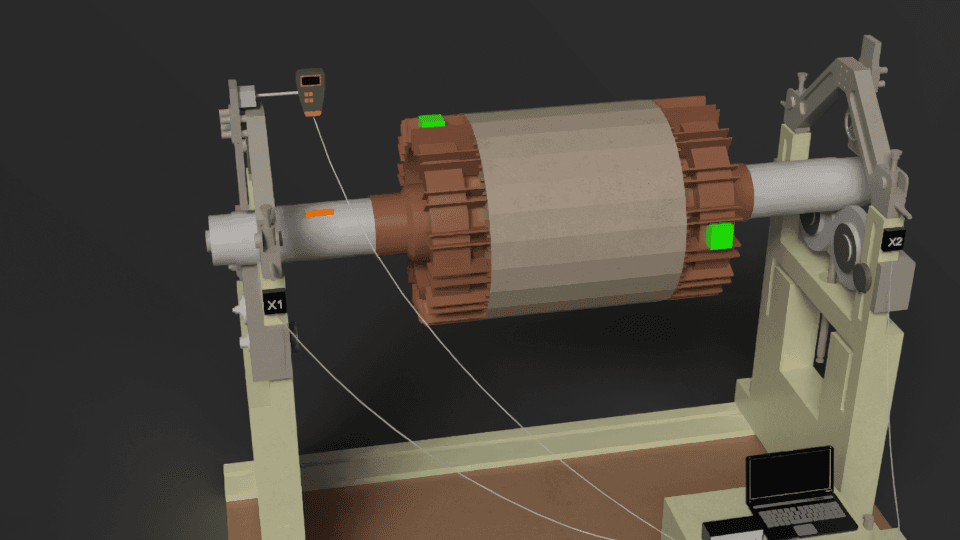
Final Check and Balance Confirmation
- With the compensating weight attached, operate the rotor and assess the level of any residual vibration.
- If the measured vibration falls within the tolerance defined by ISO 1940, the balancing process is considered successful.
- If the vibration level remains high, repeat the process with further weight adjustments.
Report Generation
- All balancing results are logged and archived within the software, from which you can produce a printable report summarizing the vibration levels, compensating weight, and its installation position.
Concluding Steps and Verification
- Verify the secure attachment of all balancing weights and measurement sensors.
- Confirm that the rotor spins freely and quietly, without any unusual sounds or vibrations.
- If the rotor operates within a larger assembly, check the functionality and interplay of all interconnected parts.
By implementing this method, you can effectively eliminate imbalance, reduce vibration levels, and increase the lifespan of the machinery.
Instagram:
https://www.instagram.com/vibromera_ou/
Youtube :
https://youtu.be/guA6XJ-ArZM?si=vmkuX7RILzKBl0zL
Our website about
Tuned mass damper
Machinio:
https://www.machinio.com/listings/98380186-portable-balancer-vibration-analyzer-balanset-1a-full-kit-in-portugal
Facebook:
https://www.facebook.com/marketplace/item/350151228150722



